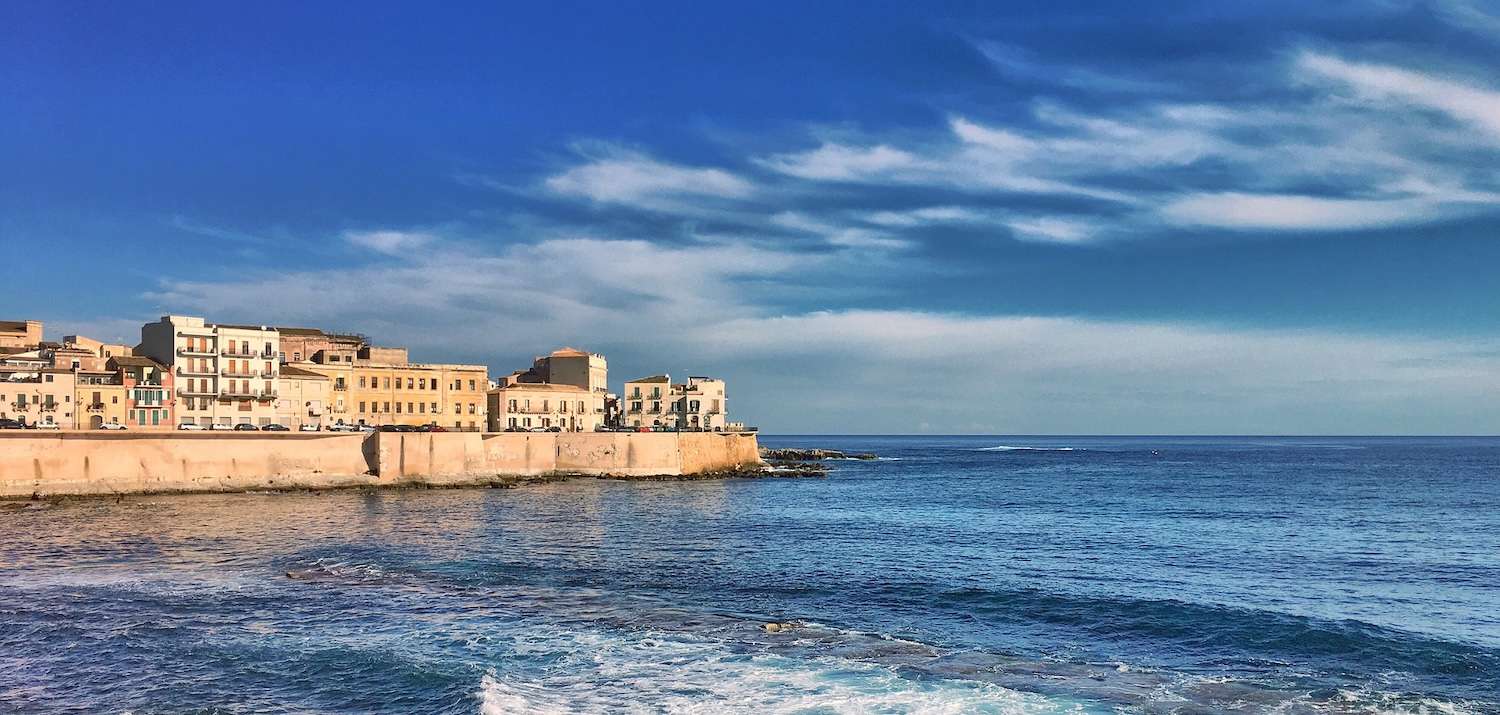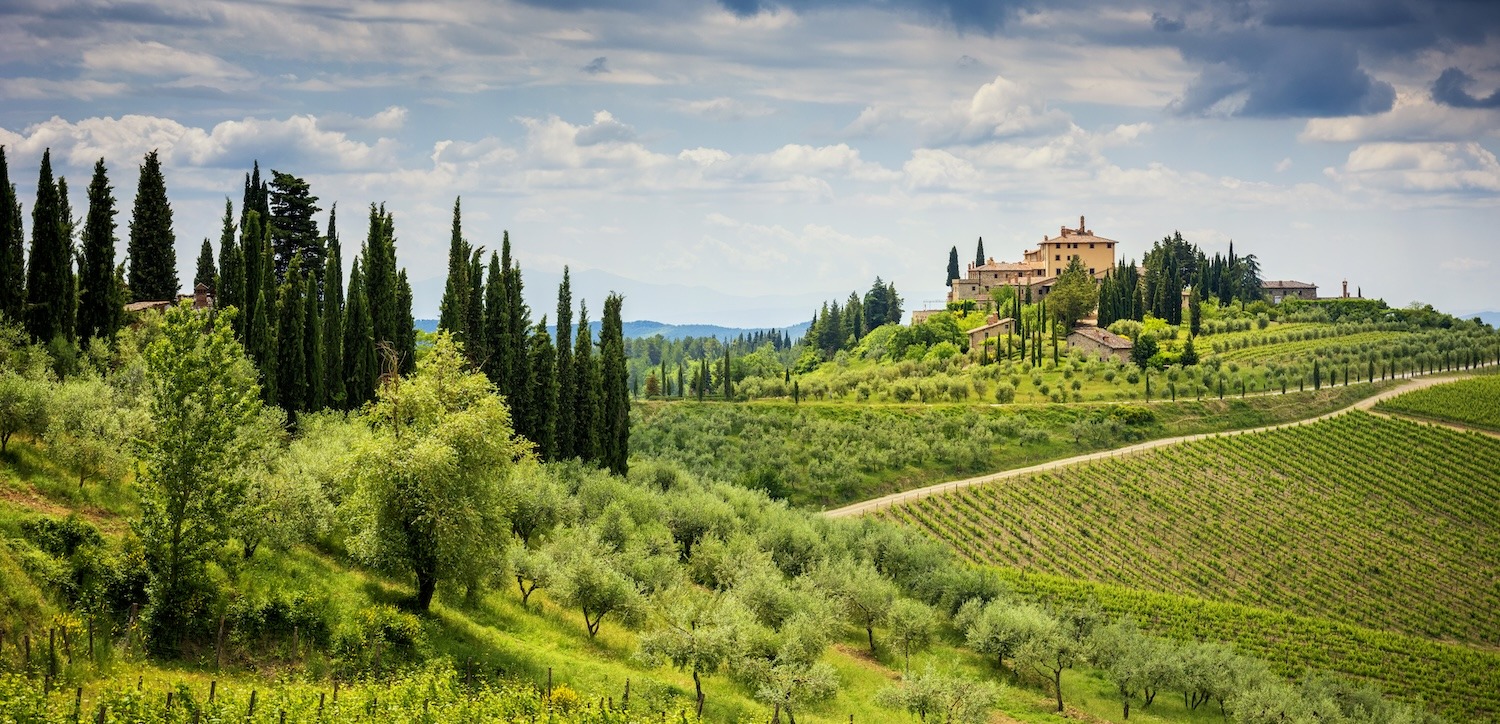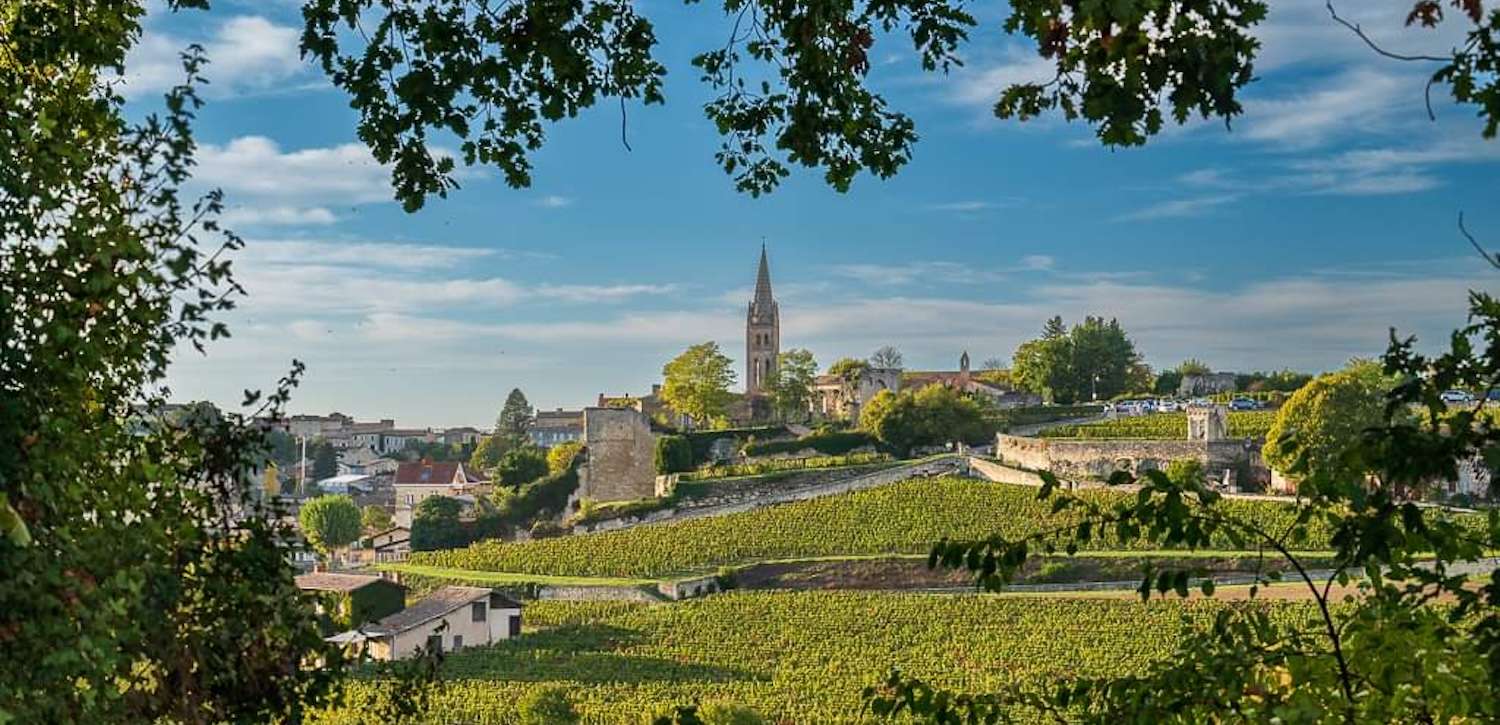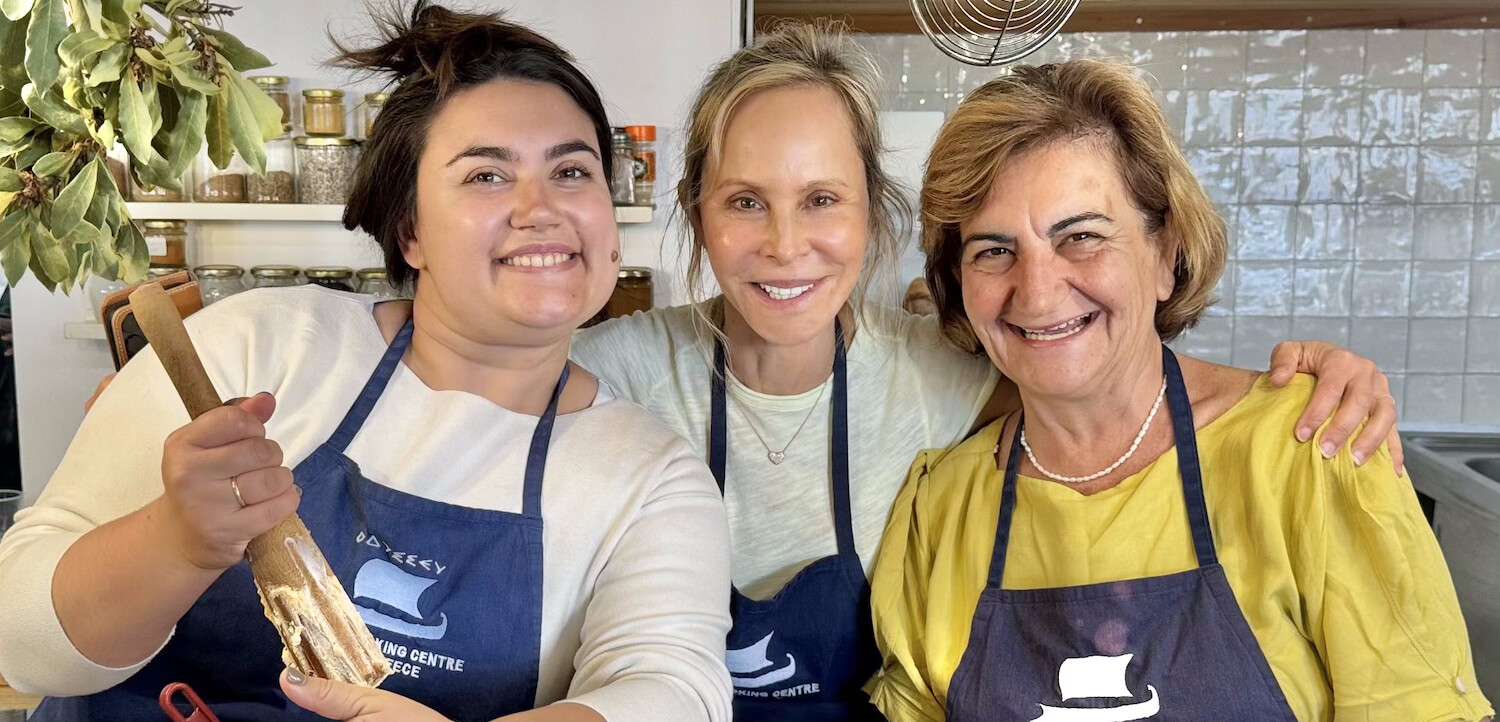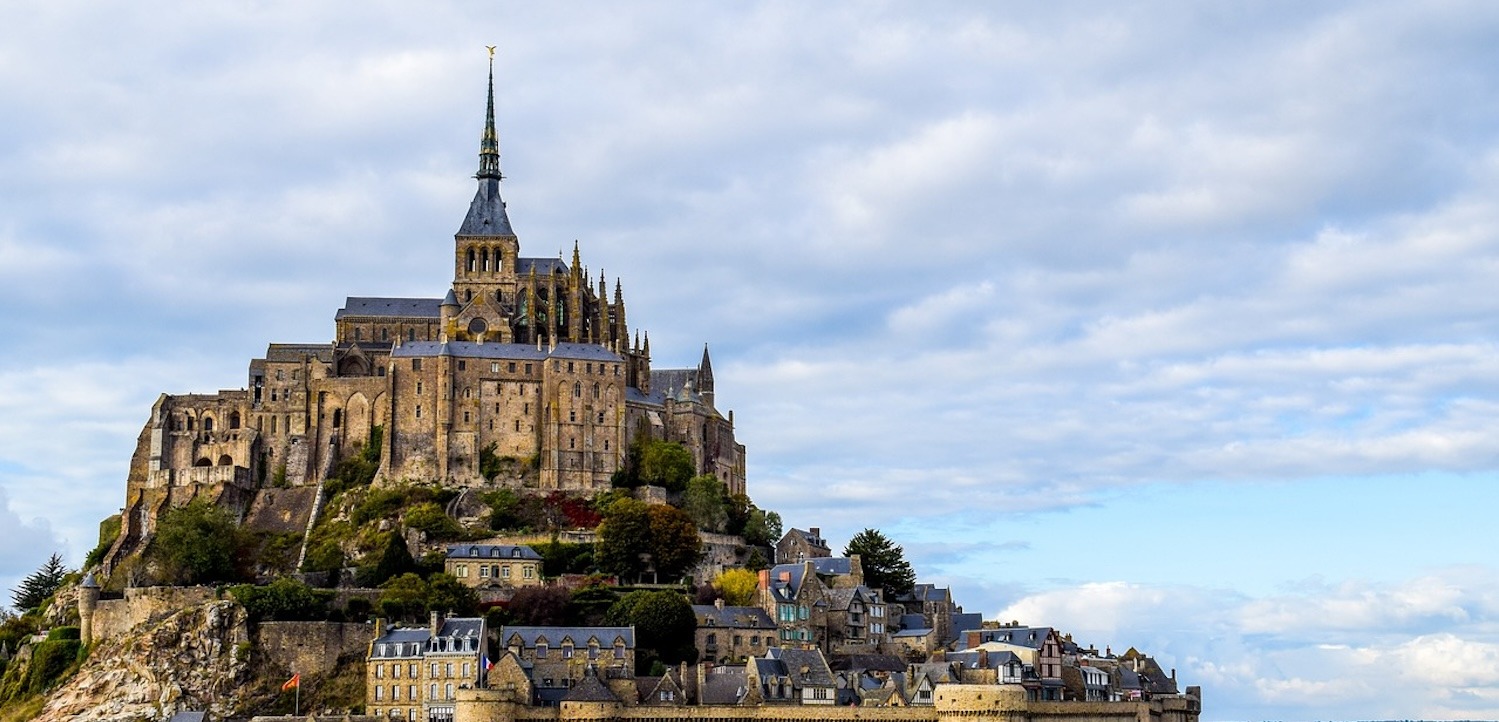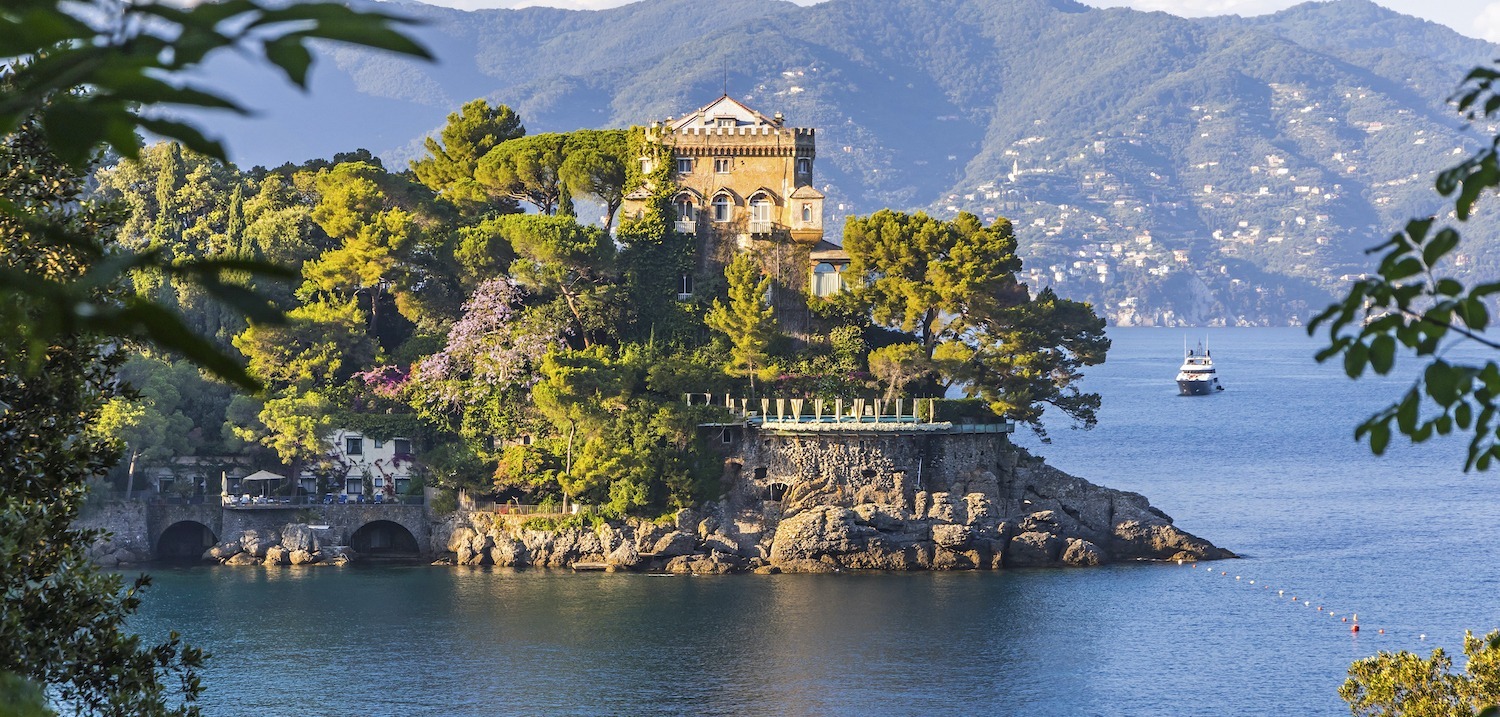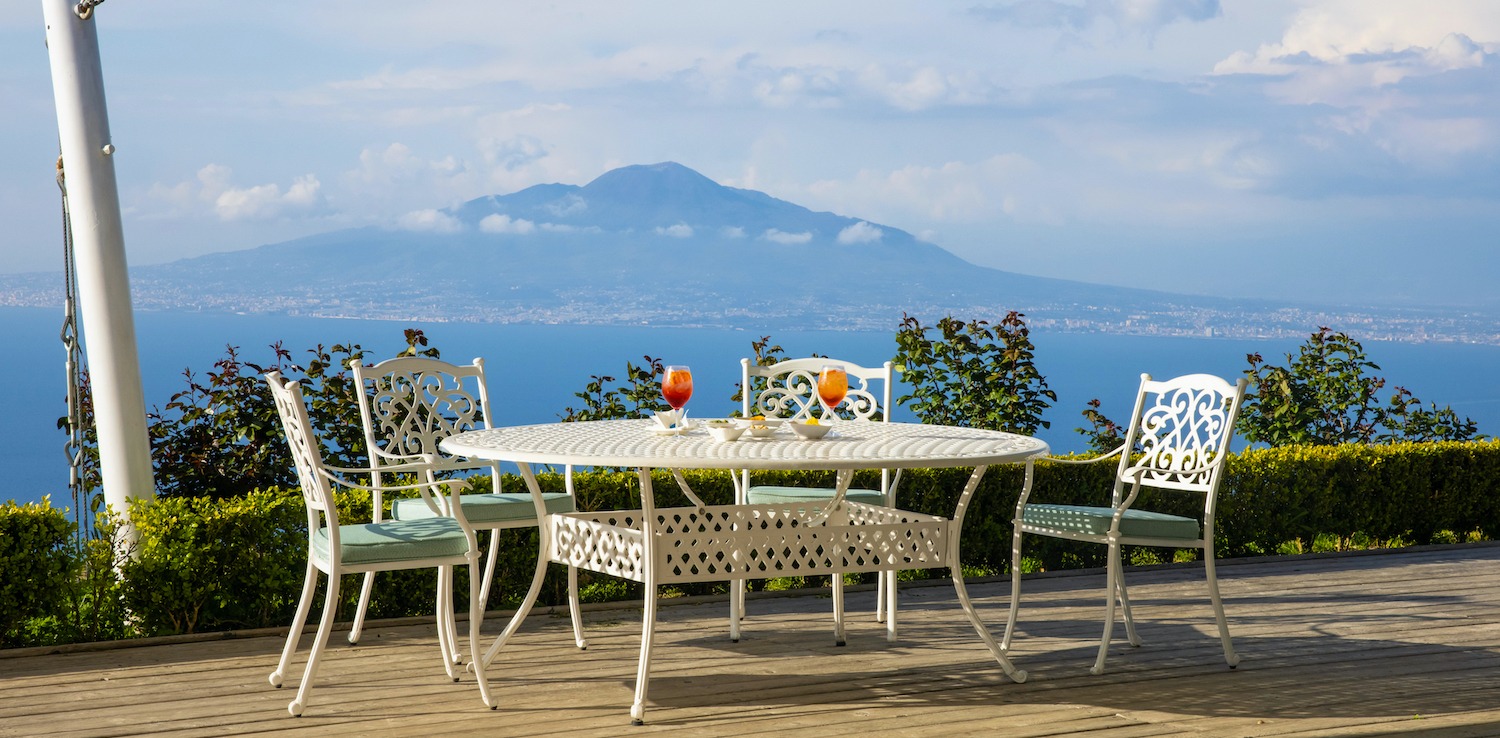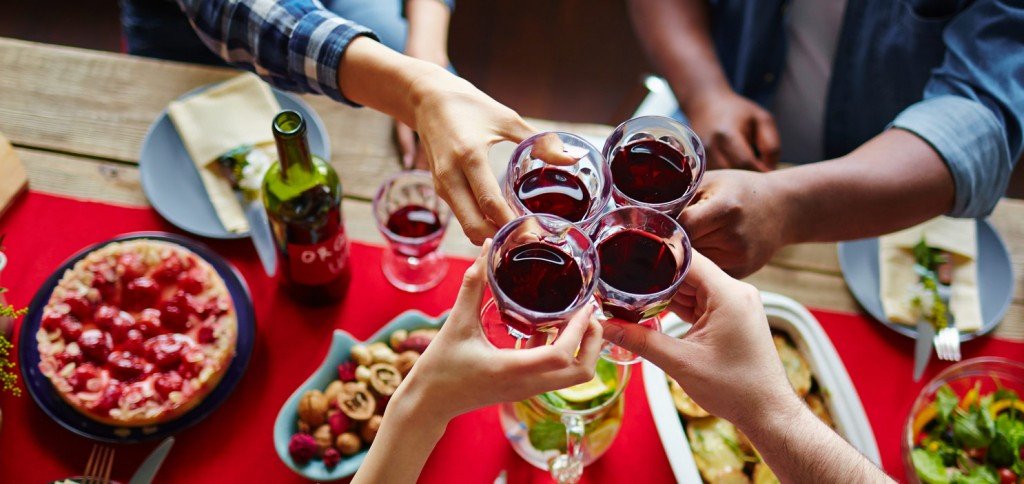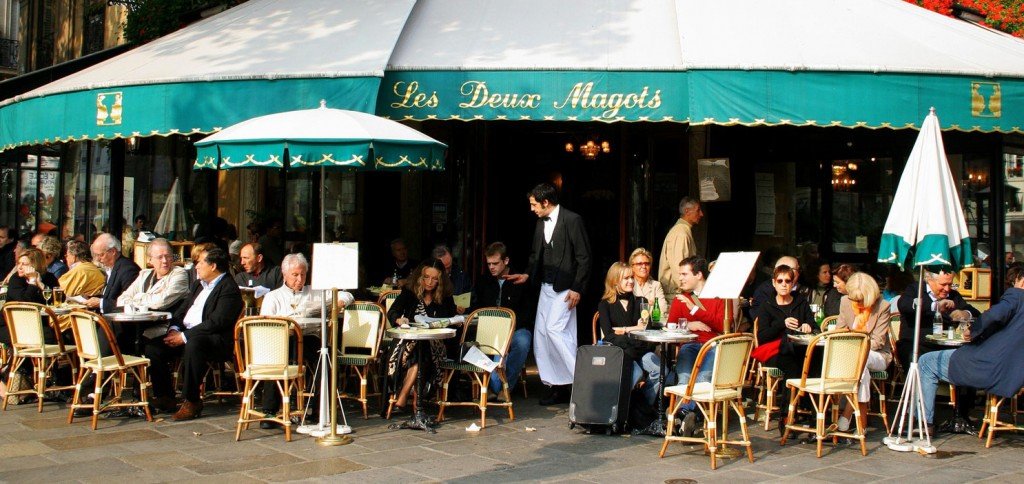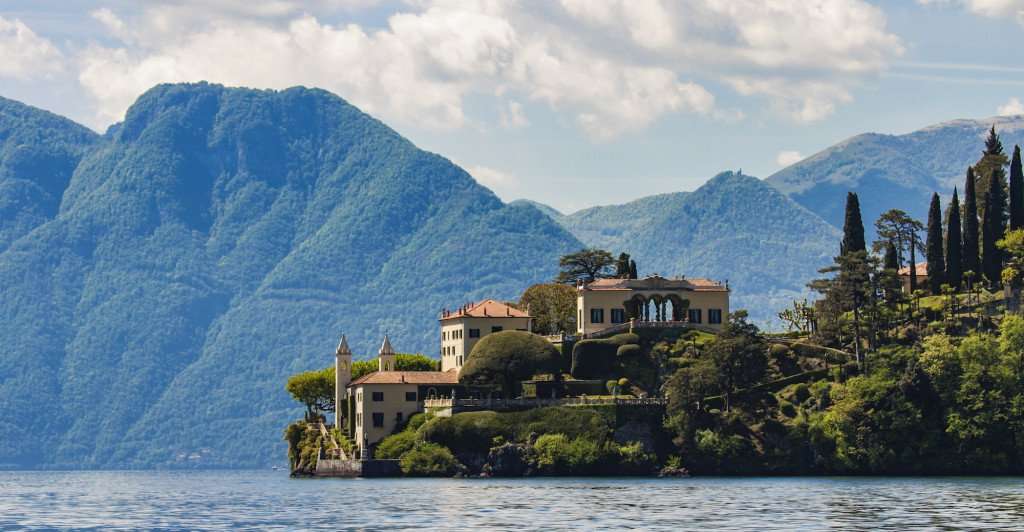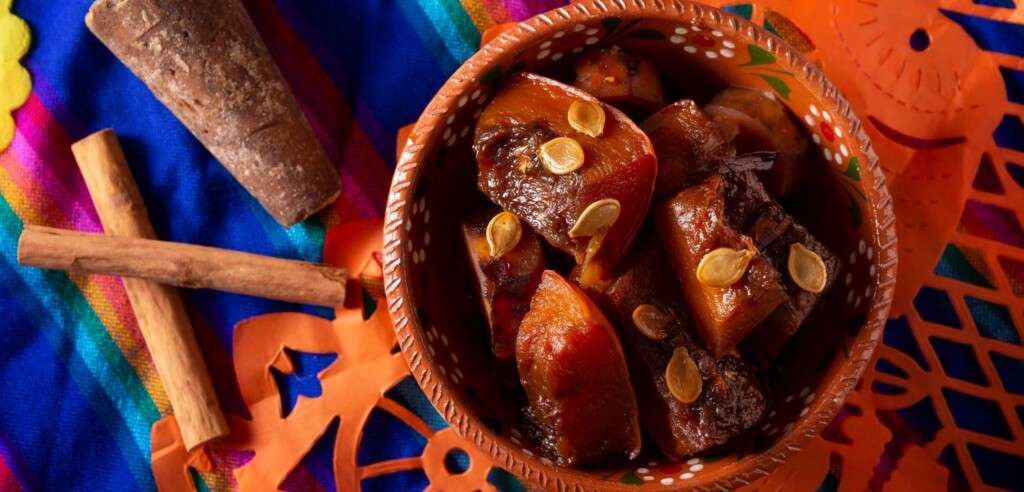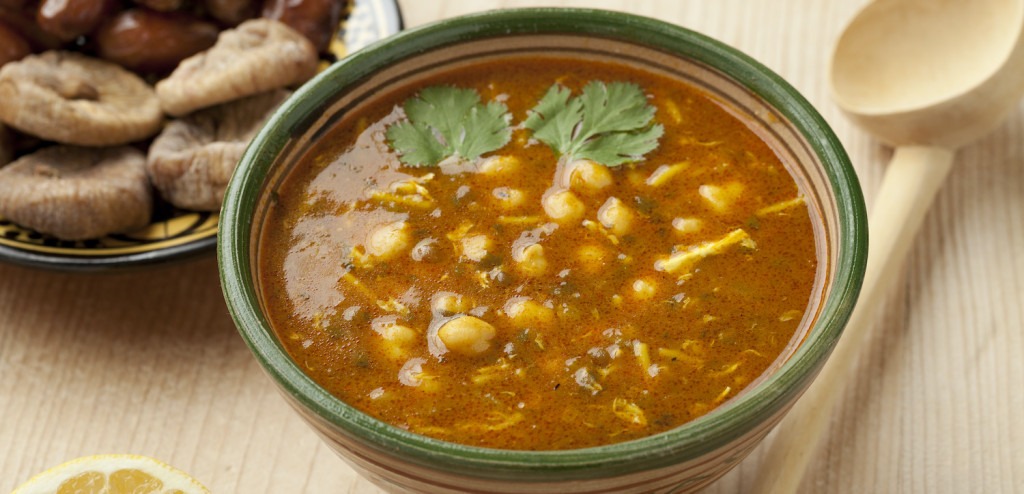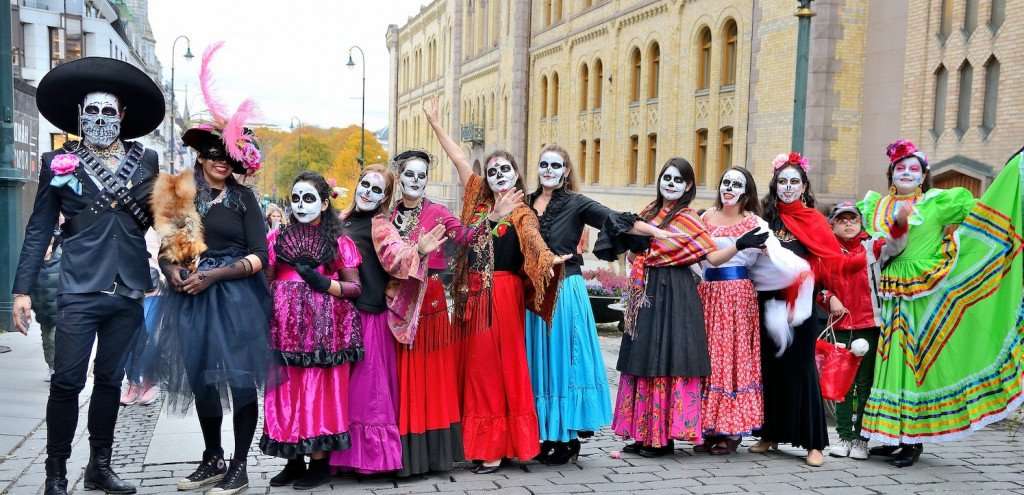
- The International Kitchen
- Recipes
- Roasted Quail Recipe from Chef David of our Yucatan Cooking Vacation
Roasted Quail Recipe from Chef David of our Yucatan Cooking Vacation
-
-
Heading south to the Yucatan, travelers will discover a cuisine that’s heavily influenced by the hot tropical climate, its situation on a peninsula, and its ancient roots in Mayan civilization. Influenced by the likes of everyone from the Caribbean to the Spanish and Dutch — to name a few — it’s a pretty incredible variety in dishes too.
While fruits and vegetables figure heavily into the gastronomy, so too does fish as well as game meat. This quail recipe in a green pipián from the late Chef David Sterling of our Culinary Yucatan cooking vacation in Mexico highlights just that, although it combines several regional traditions in one. The pipián gets its color from chaya, which is a green leafy vegetable, as well as from the tart tomatillos. (Photo credit of quail: Julien Capmell.)
Don’t let the long list of ingredients deter you! All add a tremendous flavor to the dish, and when it comes to preparation it’s actually a quite simple dish. One side note, according to Chef David, you can prepare both the pipián and sweet potato puree ahead of time, and just reheat it before serving. You can also add milk or cream to the potatoes if you need to in order to get the right consistency. This recipe serves six people.
Recipe for Roasted Quail from the Yucatan
-
-
-
-
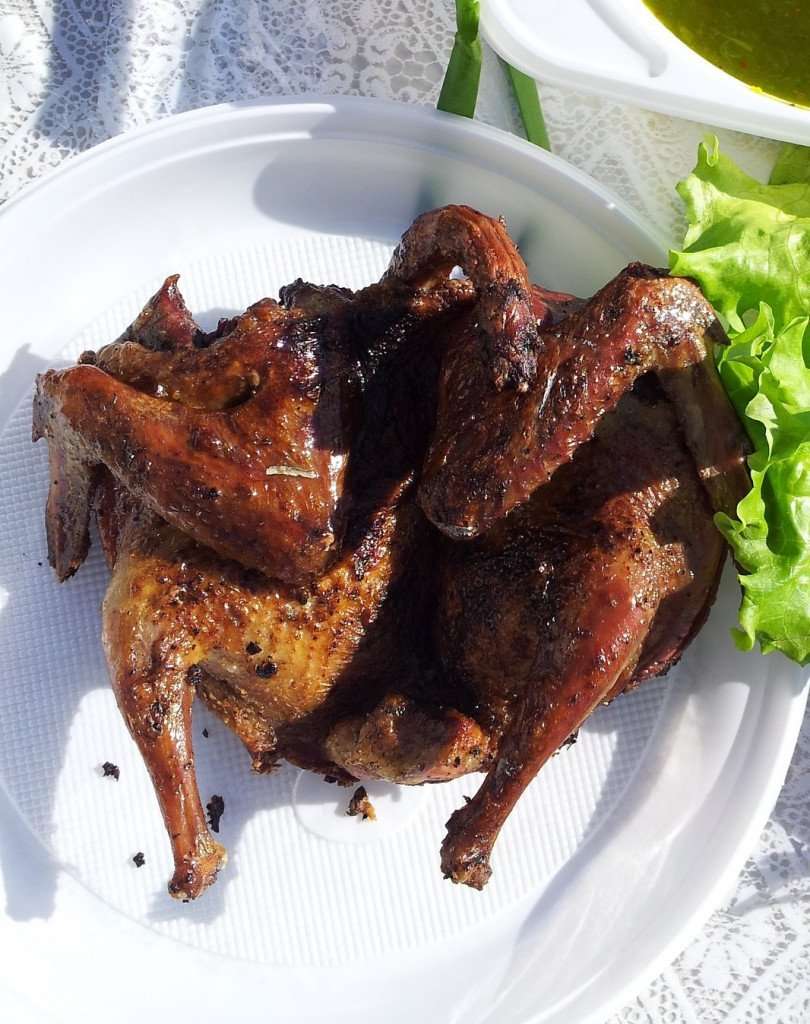
Ingredients
- For the Pipián:
- 250 grams (1/2 lb) chaya (or chard or kale)
- 375 grams (3 cups) green squash or pumpkin seeds, lightly toasted and ground
- 4 medium tomatillos, charred
- 1/2 medium white onion, charred and coarsely chopped
- 2 medium garlic cloves, peeled and charred
- 1-2 medium habanero chiles, charred and seeded
- 250 ml (1 cup) chicken stock or bouillon
- For the Sweet potato puree:
- 680 grams (1 1/2 lb) white camote (or standard sweet potato), peeled and boiled until tender
- 60 ml (4 tbs) Mexican crema (or whipping cream or sour cream)
- 42 grams (3 tbs) butter
- 0.65 grams (1 tsp) whole dried Mexican oregano flakes, lightly toasted and ground
- 9 grams (1 1/2 tsp) sea salt
- 2 grams (1/2 tsp) freshly ground black pepper
- For the quail:
- 12 semi-boned quail (about 2 1/2 lbs)
- Spanish olive oil
- Vegetable oil for frying
- Sea salt
- To garnish:
- 2 smoked longaniza sausages (substitute chorizo or other smoked sausage) removed from casing, fried and crumbled
- 95 grams (3/4 cup) green-hulled pumpkin seeds, gently toasted in one tablespoon vegetable oil and lightly salted
- Pickled onions (made with 1/4 medium red onion cut into quarter then thinly sliced and dressed with 1/4 cup Seville orange juice or white vinegar)
- 15 grams (1/4 cup) cilantro leaves, thinly cut in chiffonade
- 3 grams (1/2 tsp) sea salt
- 28 grams (2 tbs) lard or vegetable oil
Instructions
- Start by making the pipán. First, wash the chaya, and remove its thick stems; discard the stems.
- Blanch the chaya for one minute in boiling salted water. Then remove it from the heat and drain. Be sure to remove/press out as much liquid as you can. Set aside.
- Put the ground squash seeds in a food processor, and to this add the chaya along with the rest of the ingredients (other than the lard). Process it until it’s become a puree. At this point check the seasonings. (If you don’t like too much heat, add only half a chile at a time).
- Heat the lard in a large skillet until it starts to shimmer. Then, to the pan, add the puree all it once. It will sputter and splatter!
- Reduce the heat to low and cook 3-4 minutes, stirring throughout so it doesn’t stick. The consistency should end up being like creamy oatmeal, slightly thickened. Remove from the heat and put to the side.
- Now it’s time for the sweet potato puree. Using either the electric mixer or a food processor, whip the potatoes with the remaining ingredients until smooth. Keep it warm until it’s time to serve.
- Next, it’s time to roast the quail and finish the dish. First pre-heat the oven to 350˚F. Rub the quail with just a bit of olive oil, and then arrange the quail pieces in a layer on a baking dish.
- Roast the meat for 15-20 minutes, or until it becomes firm when you press one of the breasts with your finger. Remove it from the oven.
- Use a deep skillet and add about 2 inches of vegetable oil; then heat the skillet to about 350˚F. Add the quail a few at a time, and fry all of it until the skin is a golden brown and crisp with no pink juices. This typically takes 4-5 minutes, but depends on the size of the quail.
- Transfer the meat to paper towels to drain. Sprinkle with salt and continue with the remaining quail.
- Once you’re ready to serve reheat the pipán and potatoes. Spoon some of the pipán onto individual plates, and mound the potatoes to one side. Pace two of the quail around the potatoes and pipán. Then garnish with crumbled sausage, seeds, and onions, and finish with the cilantro.

Sign up to Receive Our Newsletter
As well as travel tips, promotions, and information on our best cooking vacations.
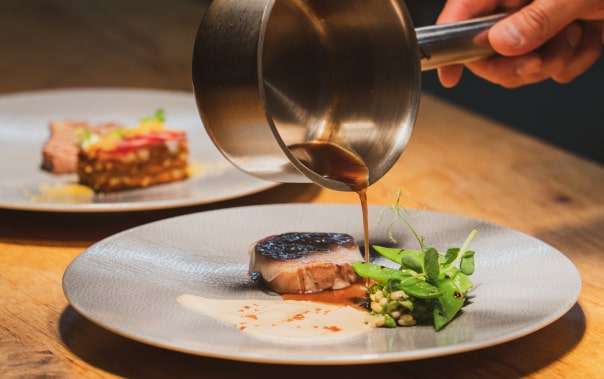
recipes
Related Recipes
blog

